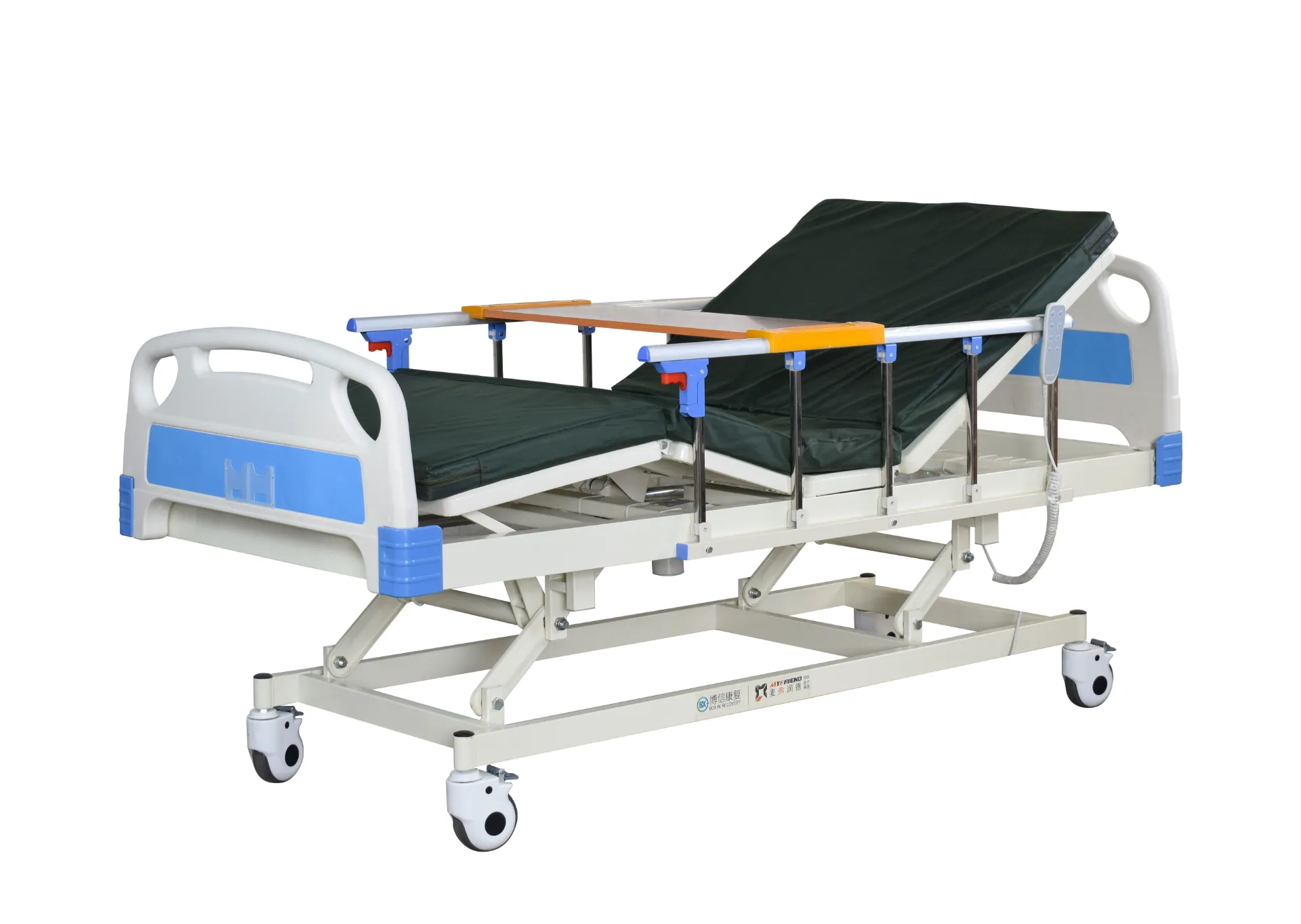Welcome to our websites!
Exploring the Benefits of Medical Walking Aids for Enhanced Mobility and Independence
Medical Walking Aids Enhancing Mobility and Independence
Medical walking aids are essential tools designed to support individuals with mobility challenges. These devices not only aid in physical movement but also promote independence and improve the quality of life for many users. From elderly individuals facing age-related mobility issues to those recovering from injuries, medical walking aids can be tailored to meet a variety of needs. This article explores the different types of walking aids, their benefits, and important considerations for users and caregivers.
Types of Medical Walking Aids
1. Canes Canes are among the most common walking aids. They provide support and stability, helping users maintain balance while walking. Available in several styles, such as single-point canes and quad canes, these devices can accommodate various levels of support needs. Canes are lightweight, easily portable, and can often be adjusted for height, making them a versatile option for many.
2. Walkers Walkers provide more extensive support than canes. They are typically used by individuals who have greater stability concerns. There are different types of walkers, including standard walkers, wheeled walkers, and rollators. Standard walkers require the user to lift and move them forward, while wheeled walkers and rollators offer wheels for easier maneuverability. Walkers often come with features such as seats, hand brakes, and storage compartments, enhancing their usability.
3. Crutches These are primarily used by individuals recovering from leg or foot injuries. Crutches shift weight away from the injured area, allowing for mobility while facilitating healing. They can be axillary (underarm) or forearm (elbow) crutches, each serving distinct user needs. Proper adjustment and technique are crucial for effective use, as improper use can lead to discomfort and further injury.
4. Mobility Scooters For those who may struggle with walking long distances, mobility scooters provide a powered option. These electric devices enable users to travel greater distances with ease, making them ideal for shopping, outdoor activities, and socializing. While they require no physical strength, they do necessitate some level of cognitive and motor skills for operation.
5. Wheelchairs For individuals with severe mobility limitations, wheelchairs offer a necessary solution. Manual wheelchairs require physical effort to propel, while powered wheelchairs provide electric assistance. Both types come with various features to enhance comfort and usability, such as adjustable seating and removable armrests.
Benefits of Using Walking Aids
The primary function of medical walking aids is to enhance mobility, but the benefits extend much further
- Increased Safety Walking aids help prevent falls, a common concern among older adults and those with balance issues. By providing additional support, users can navigate their environments more confidently.
medical walking aids

- Enhanced Independence Walking aids allow users to carry out daily activities without reliance on others. This fosters independence and boosts self-esteem, as individuals can engage more fully in their lives.
- Rehabilitation Support For patients recovering from surgery or injury, walking aids are often prescribed as part of rehabilitation. They can aid in regaining strength and balance over time, facilitating a smoother transition back to normalcy.
- Social Engagement Mobility aids encourage social interaction by making it easier for users to participate in community activities, gatherings, and outings, which can otherwise be challenging.
Considerations for Users and Caregivers
When selecting a walking aid, several factors should be considered
- Individual Needs Users must assess their specific mobility challenges. Consulting with healthcare professionals can help identify the most appropriate type of aid.
- Proper Fitting Ensuring that a walking aid is properly fitted is crucial for comfort and effectiveness. This includes adjusting for height and testing stability.
- Learning to Use the Aid Users may require training to use their chosen device effectively. Caregivers play a vital role in assisting with this process.
- Maintenance Regular maintenance of walking aids, especially powered devices, is essential for safety and functionality.
In conclusion, medical walking aids serve a vital function in enhancing mobility and fostering independence among individuals with varying mobility challenges. By understanding the different types of aids available and recognizing their benefits, users and caregivers can make informed choices that significantly improve daily life.
-
Transforming Healthcare with Hospital FurnitureNewsJun.24,2025
-
Rehabilitation EquipmentNewsJun.24,2025
-
Mobility and Independence with WheelchairsNewsJun.24,2025
-
Freedom of Mobility with Our Rollator WalkersNewsJun.24,2025
-
Comfort and Independence with Commode ChairsNewsJun.24,2025
-
Bathing Safety and Independence with Shower ChairsNewsJun.24,2025
-
Navigating the Wholesale Landscape of Electric Mobility Solutions: Key Considerations for Power Wheelchair DealersNewsJun.10,2025











